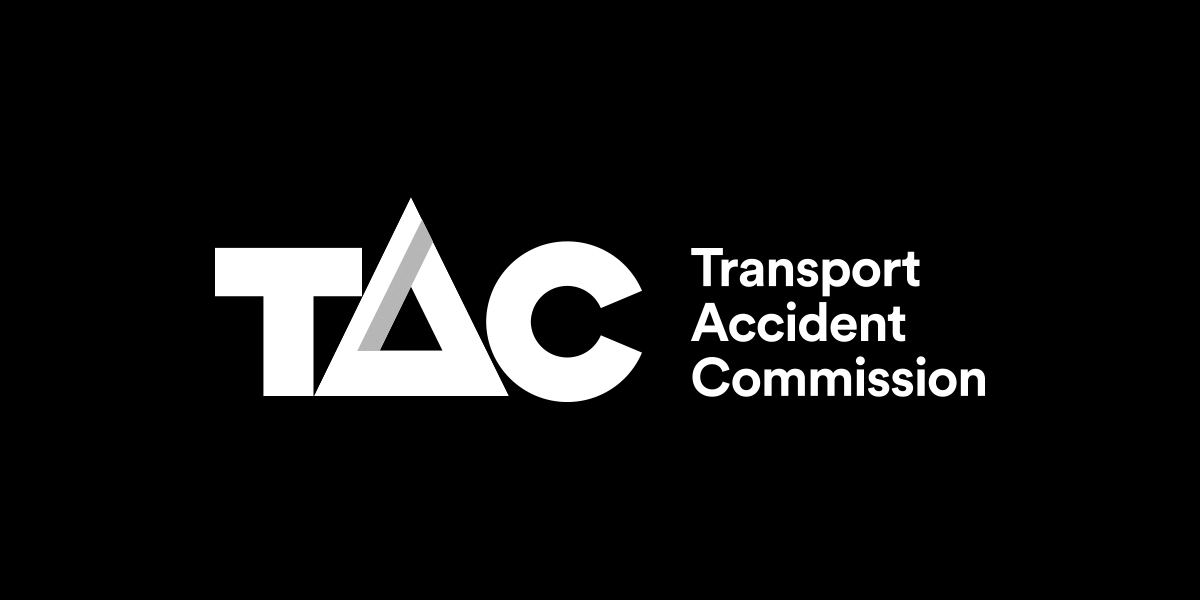The Transport Accident Commission has brought back one of its most powerful campaigns following a rise in the number of deaths involving drivers and passengers not wearing a seatbelt on our roads.
Minister for Roads, Road Safety and TAC Jaala Pulford today announced the return of the compelling 1992 seatbelt TV ad that implores Victorians to buckle-up.
The ad, dubbed ‘bend your knees, Katie’, depicts a horrific accident and emotional aftermath as a young woman learns to walk again following a crash.
Last year, 31 people died while not wearing a seatbelt – nearly 30% of all fatalities where seatbelt status is known and the highest rate since 2012. Sadly, that trend has continued so far this year with no seatbelts a factor in 11 of the 99 deaths on our roads.
“It is staggering that 50 years since seatbelts were made mandatory in Victoria, we are still seeing far too many people die our roads by failing to buckle up,” Minister for Roads, Road Safety and the TAC Jaala Pulford.
“This campaign is a powerful and emotional reminder of the devastating consequences of failing to do something as simple as taking a few seconds to belt up before you hit the road.”
This year marks the 50th anniversary of seatbelts becoming mandatory in Victoria – the first jurisdiction in the world to do so – and road safety authorities are deeply concerned that drivers and passengers are choosing not to use this life-saving safety feature.
The TAC’s latest Road Safety Monitor survey into driver behaviour indicates that potentially 170,000 Victorian drivers do not always wear a seatbelt when they get in the car. While this indicates that 97% of drivers are doing the right thing – it’s nearly 200,000 unsafe drivers on Victorian roads.
“Everyone has a responsibility to keep Victorian roads safe and ensuring you and your passengers buckle up is one of the easiest ways we can achieve this,” Transport Accident Commission CEO Joe Calafiore.
The Road Safety Monitor is an annual survey of more than 1800 Victorians, which identifies road user behaviours and attitudes.
The survey findings also highlight that 50 per cent of respondents reported having driven after drinking alcohol in the past 12 months – an increase of two per cent on the previous year.
Despite this, the majority of survey respondents nominated illegal drink-driving as the most dangerous driving behaviour, closely followed by drowsy driving and using a hand-held mobile phone.
The four-week campaign, starting soon, will also include new outdoor, digital, print and social media content, headlined with the message, “Seatbelts. What’s stopping you?”.





















